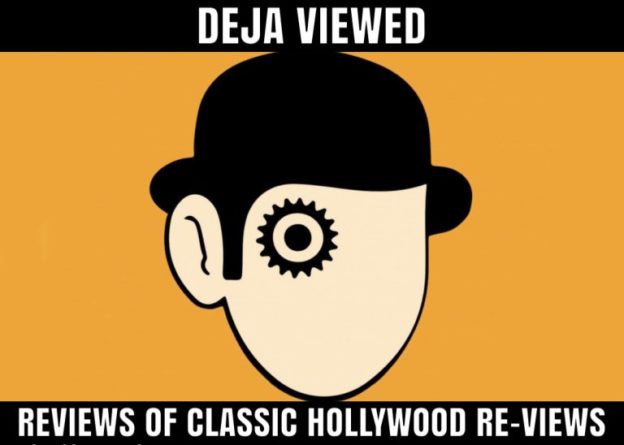What do you do for living?
Not, “What do you do for a living?” The question is more precise. What is the thing you do most often in a day? Stare down a monitor? Type? Talk to strangers? Swing at golf balls? Watch TV?
I’d like to lie with something noble or dashing, like write or read or change minds or woo beauties. But the truth is, I listen to music more than any activity.
If I’m writing, music plays (I Got A Line on You by Spirit right now). If I’m driving, music plays. Same with showering, dressing, brushing my teeth, walking the dogs or pushing a vacuum. If I am still, I like my head spinning.
So I’m a sucker for a needle drop. Even if a movie is lousy, it rises to mediocre fare with the right needle drop (use of commercial music in a film or show).
Witness, Patch Adams. Awful by every metric, the Robin Williams film found a place in my heart with the deftly-placed CSN&Y tune Carry On/Questions. And what would Star Trek: Beyond be without the Beastie Boys’ Sabotage? God knows Battleship’s lone watchable scene needed AC/DC’s Thunderstruck to stay afloat. Baby Driver is a silly-ass movie, but its needle drops are so on the money it’s nearly a musical.
Still, it’s one thing to create lyrical art. Quite another to be a lyrical artist. Here, then, are the most deft needle droppers in Hollywood:
Paul Thomas Anderson
The Stanley Kubrick wannabe (and he almost is him) had Radiohead’s Johnny Greenwood score There Will Be Blood. The sublime Aimee Mann — his girlfriend at the time — wrote the tunes that waft Magnolia. But his finest needle drops came in Boogie Nights, particularly.
Wes Anderson
The Texas filmmaker dots all of his films — Moonrise Kingdom, Rushmore, Bottle Rocket — with tunes as eclectic as his wardrobes (he has all shirts and jackets tailored a half inch short to give the appearance of awkwardness). His crescendo performance was The Royal Tenenbaums.
Cameron Crowe
Crowe began his career as a rock and roll journalist, working for Rolling Stone magazine. He carries that rebel aesthetic to movies such as Singles and Vanilla Sky. His Stairway to Heaven, though, was Almost Famous, where he played, fittingly, homage to Led.
Richard Linklater
He may portray slackers and lost souls, but Linklater works as hard as a rocker with a used guitar. He captures youth’s devotion to music in movies like School of Rock, Slacker and Boyhood. But nowhere does his Freaks & Geeks flag fly higher than in Dazed and Confused.
David O Russell
When he’s not screaming at actresses, Russell is perhaps the best needle dropper in the movie business. American Hustle, Three Kings and I Heart Huckabees were notable not only for their sardonic looks at the United States of Commerce, but their FM deejay vibes. None, though, can touch The Fighter, with its needle drops from the Stones to The Heavy to the Red Hot Chili Peppers.
Martin Scorsese
When all the other directors/show runners were just fitting into their big boy pants, Scorsese was dropping needles. While he favors jazz and classical music in movies like Taxi Driver and Raging Bull, he’s at his MC zenith in The Departed. He may overuse the Stones, but come on. It’s the Stones.
Zack Snyder
Snyder is known for occasionally making better soundtracks than movies. There are worse offenses in Hollywood. He peppers his superhero flicks with a lot of grunge, particularly Chris Cornell. If Watchman is too long for you — and it is long — having it on in the background is a little like asking Alexa to play music, but to smoke weed first.
Matthew Wiener
Wiener may be the master of needle drops in Hollywood, full stop. He was executive producer of The Sopranos, which, from theme song to final scene, is a lyrical odyssey of Homeric scale. THEN he topped it with Mad Men. Both are two of the greatest shows ever made. Mad Men, which spans the 1960’s, seems to have the key hit tunes from every year of that decade. It is a master class in Needle Droppage 101.
Brava! Encore!



